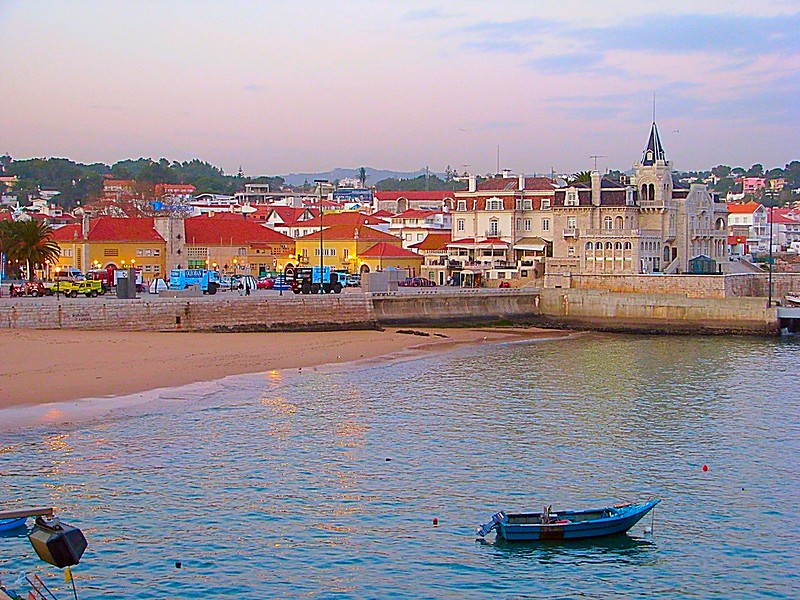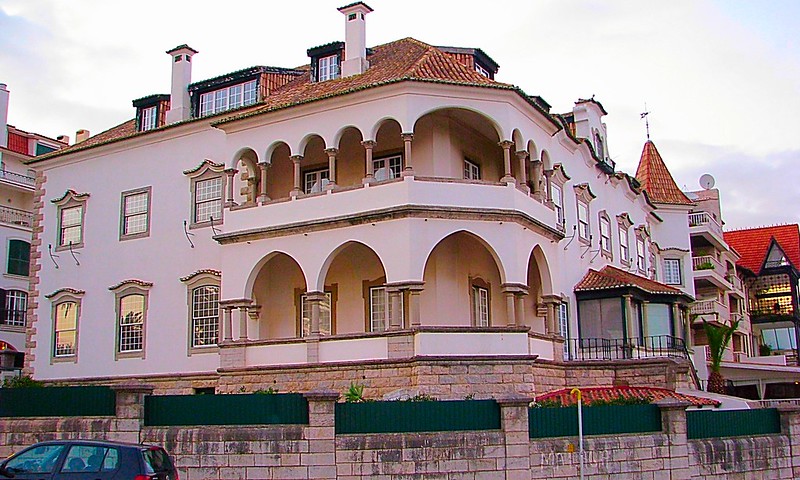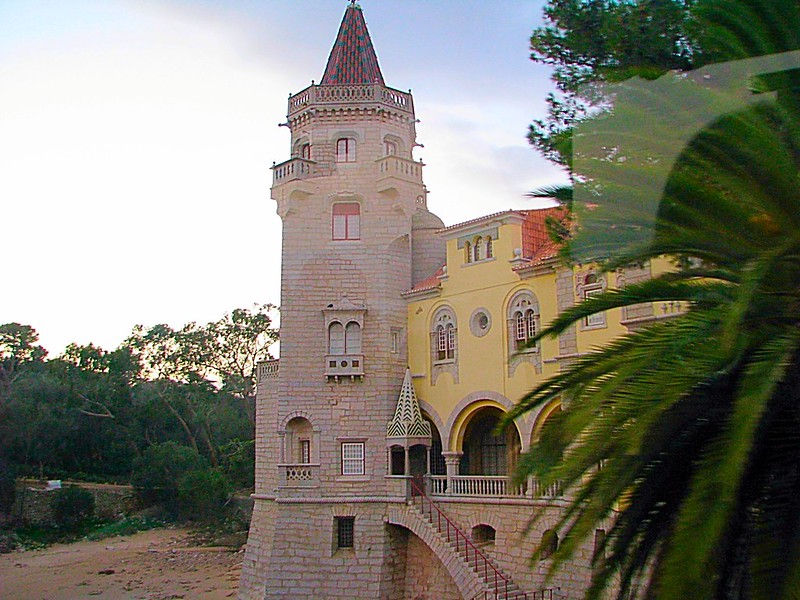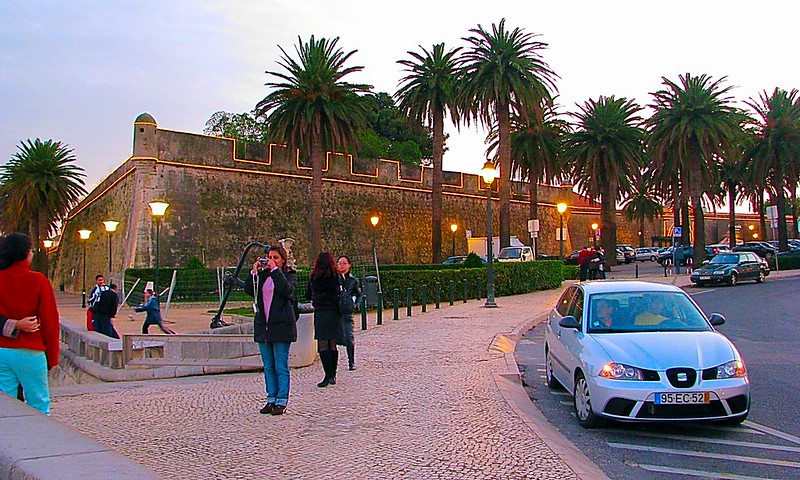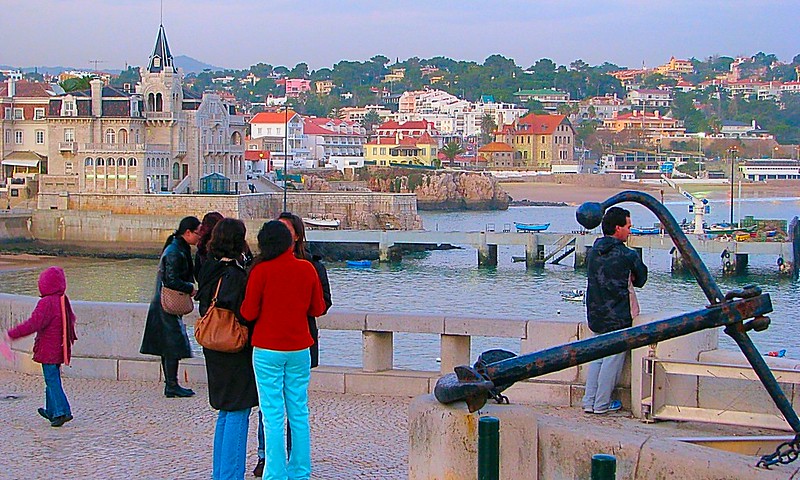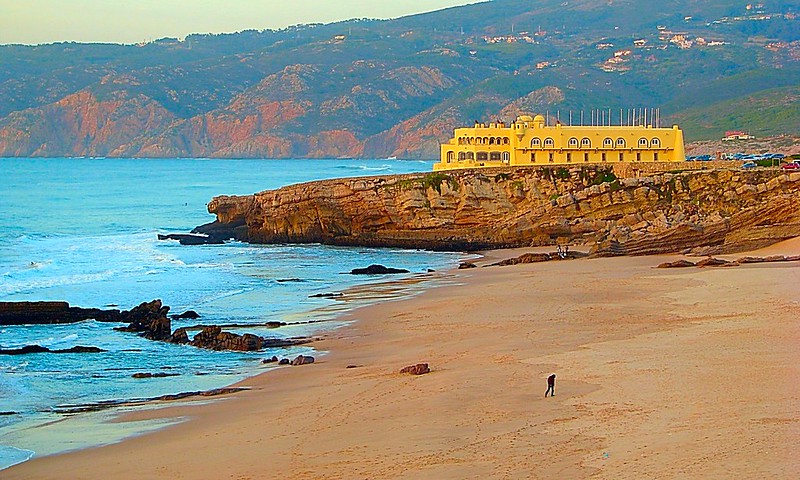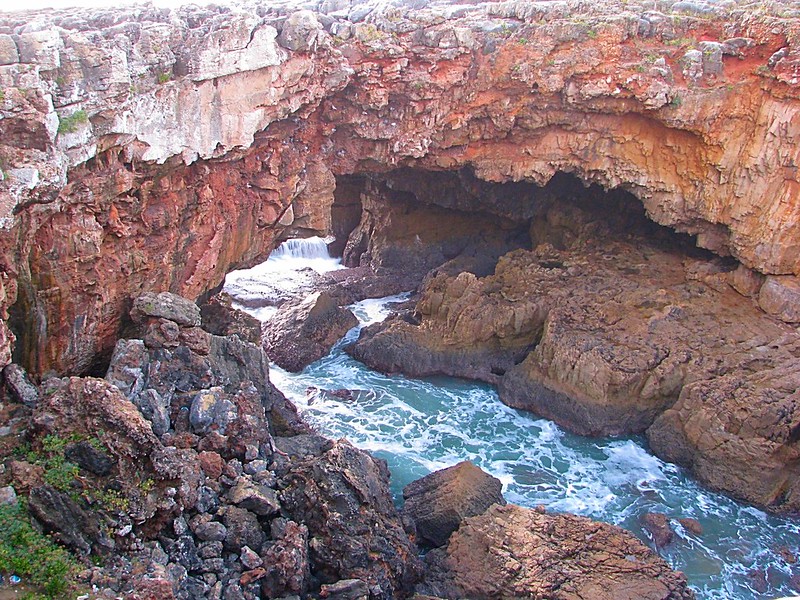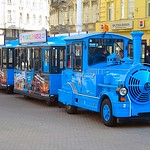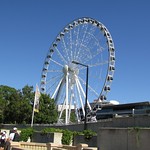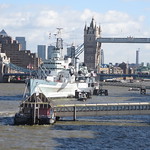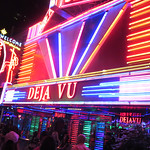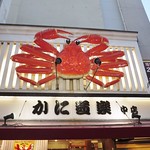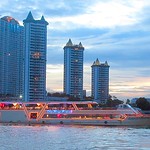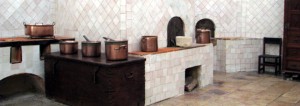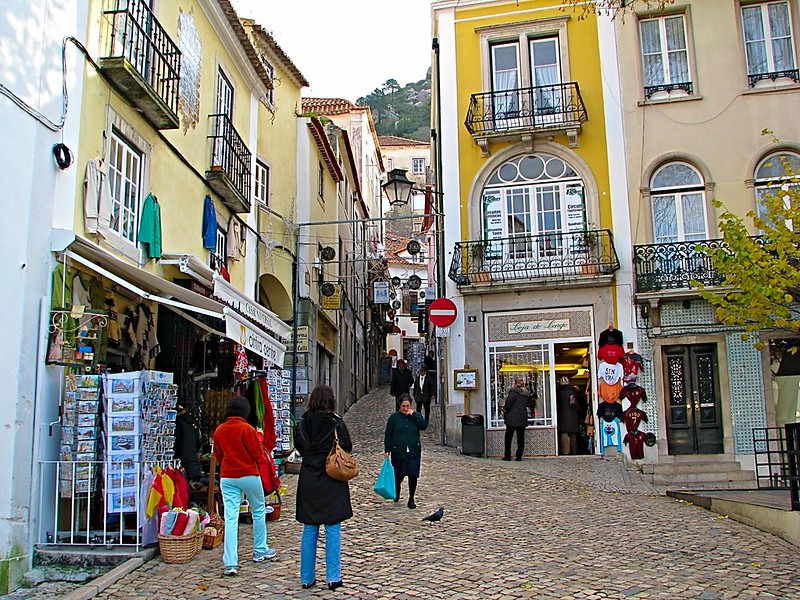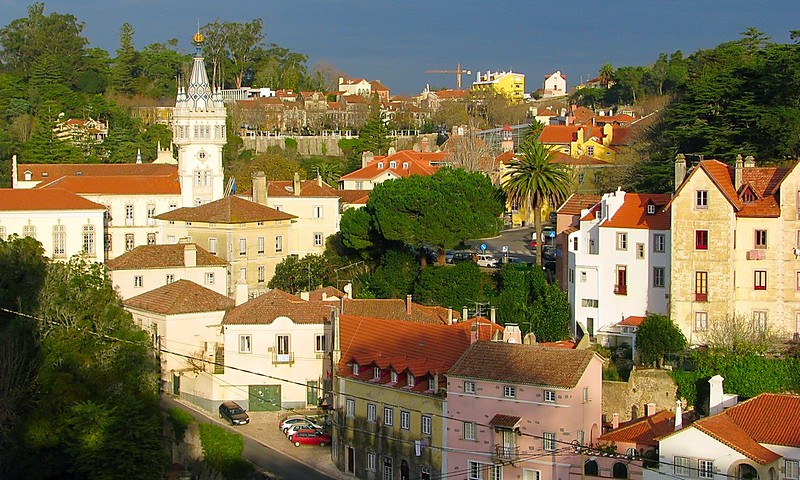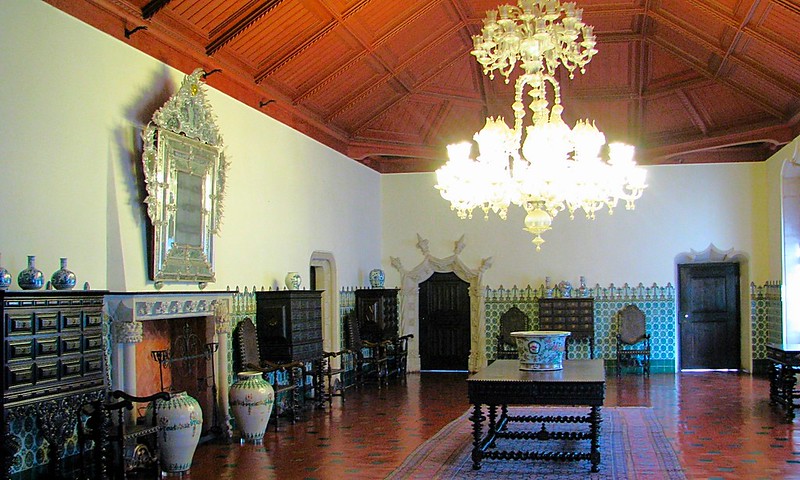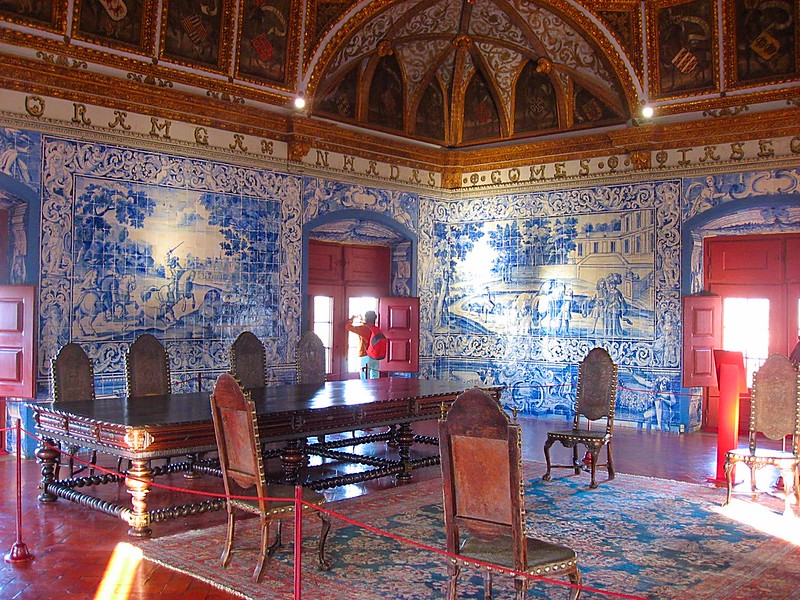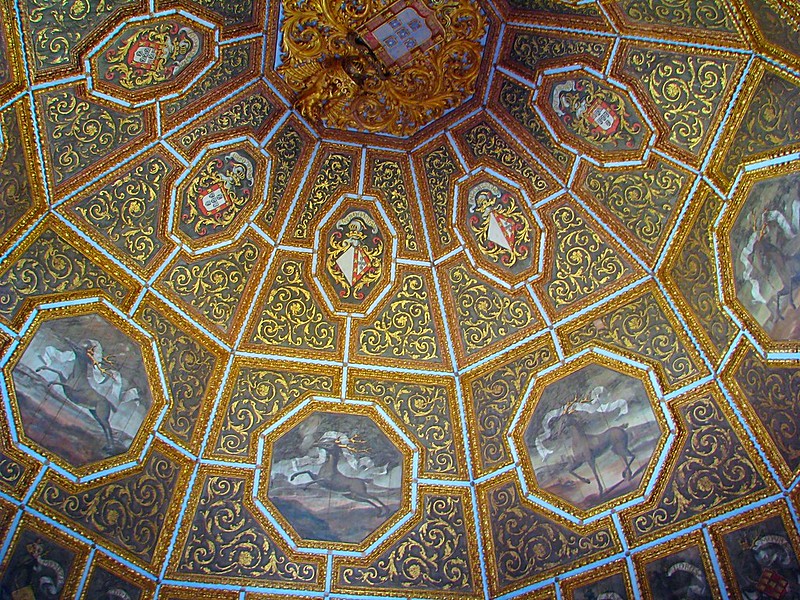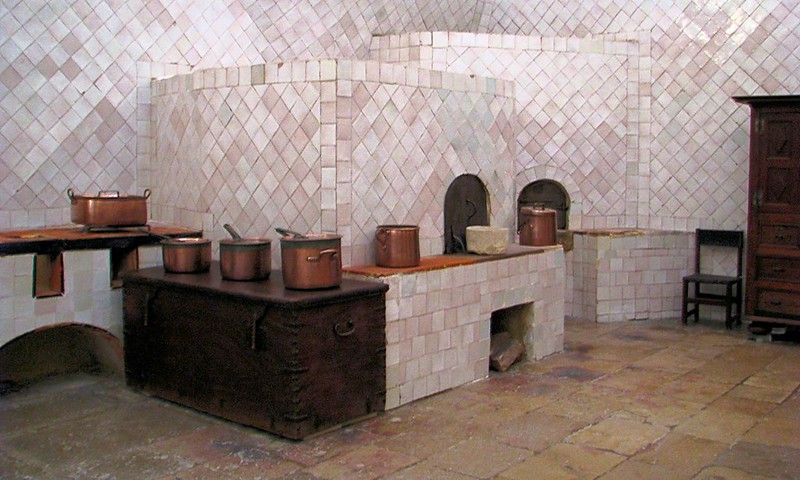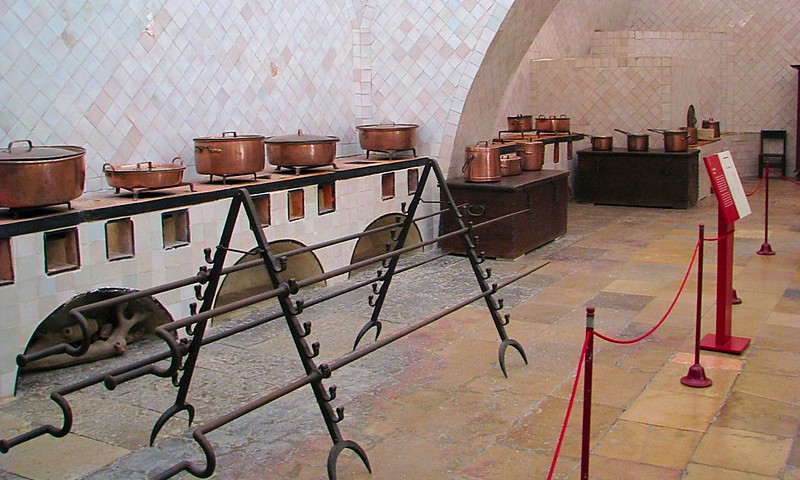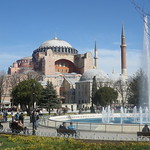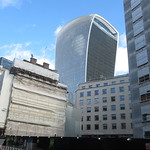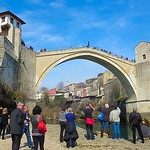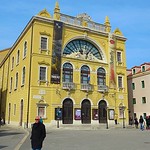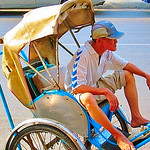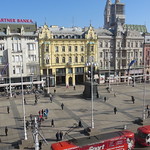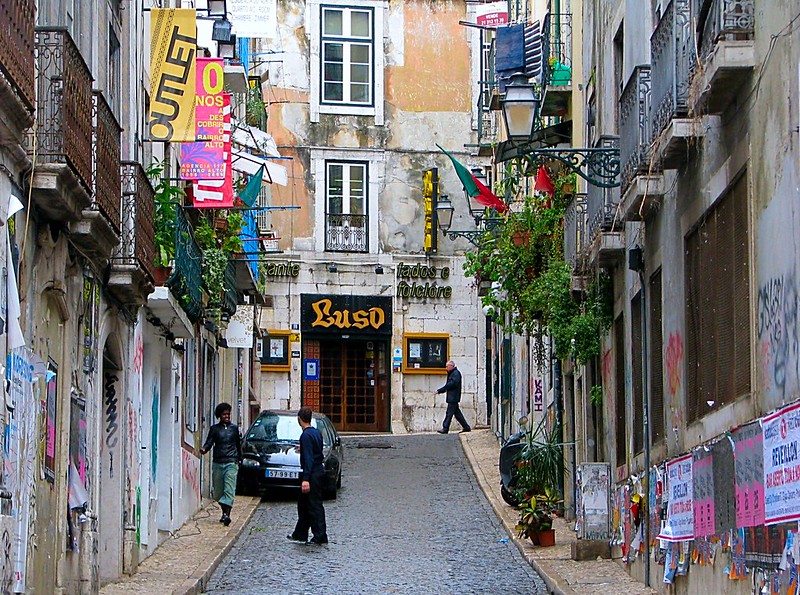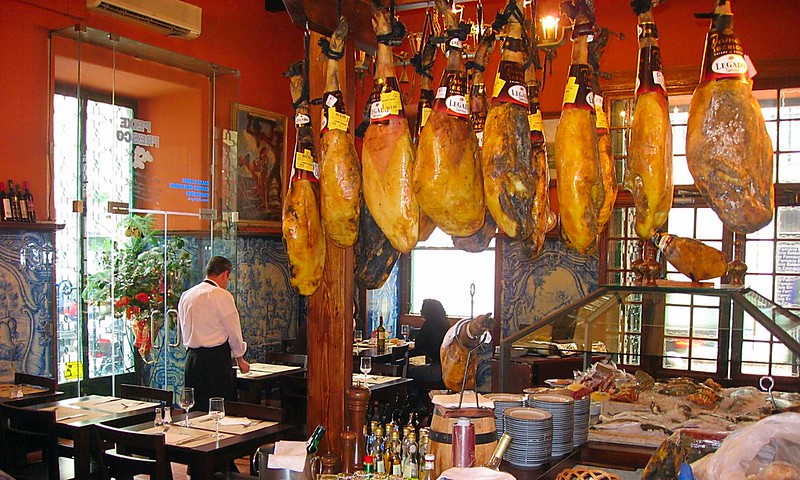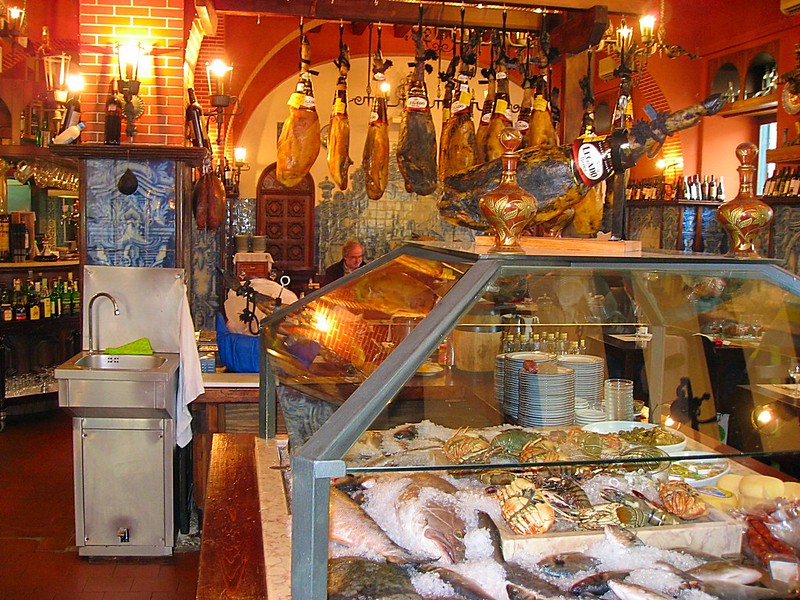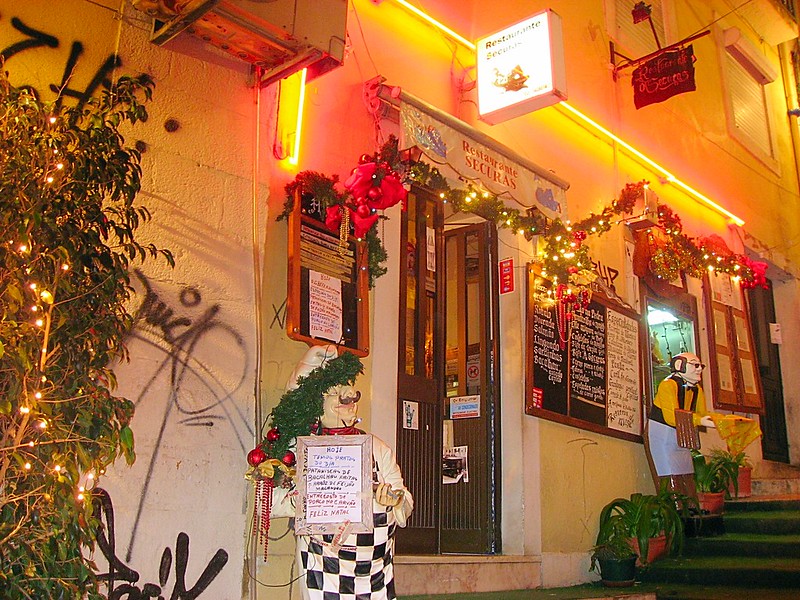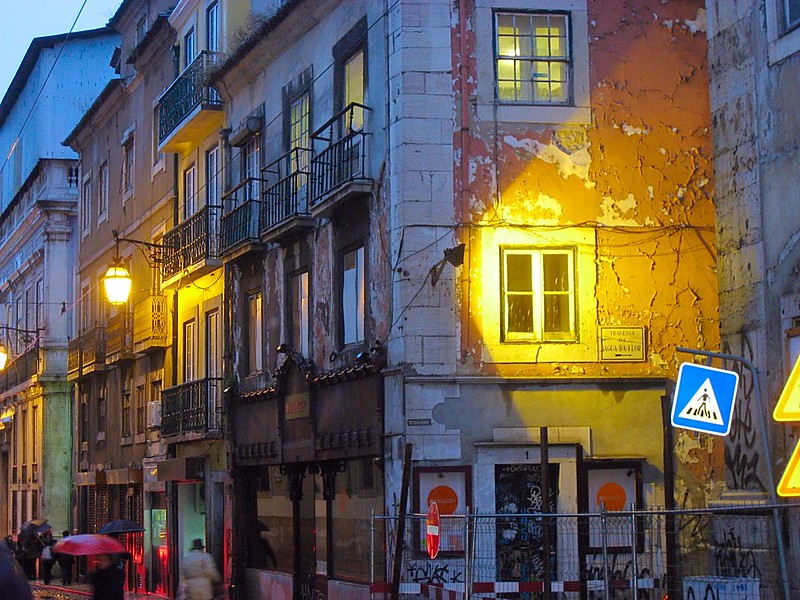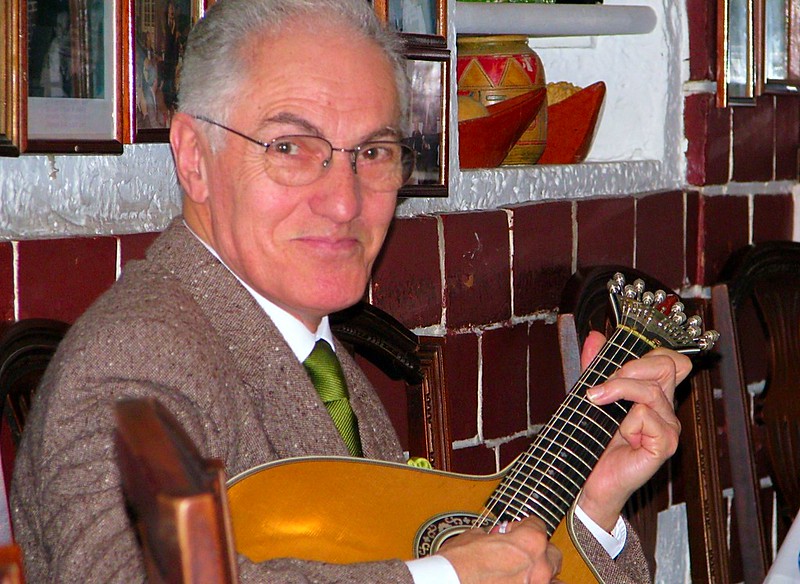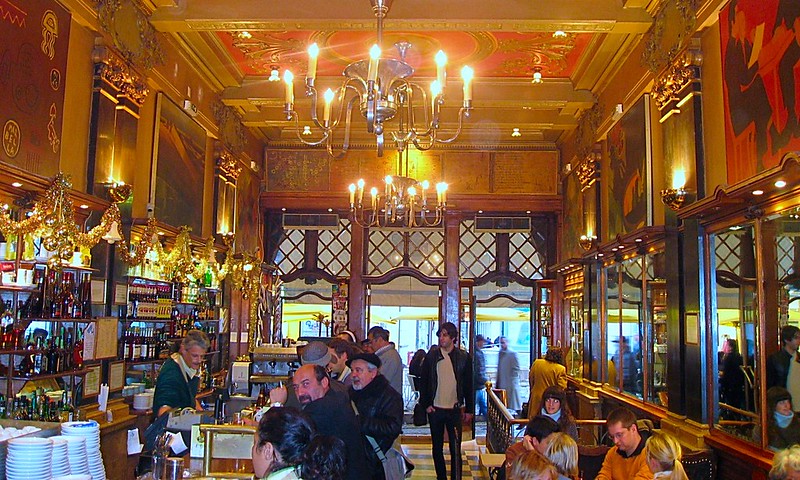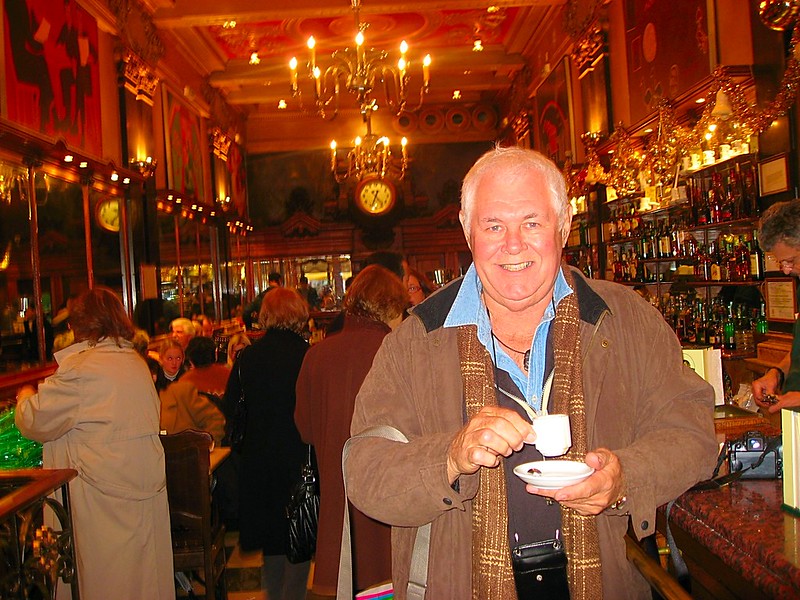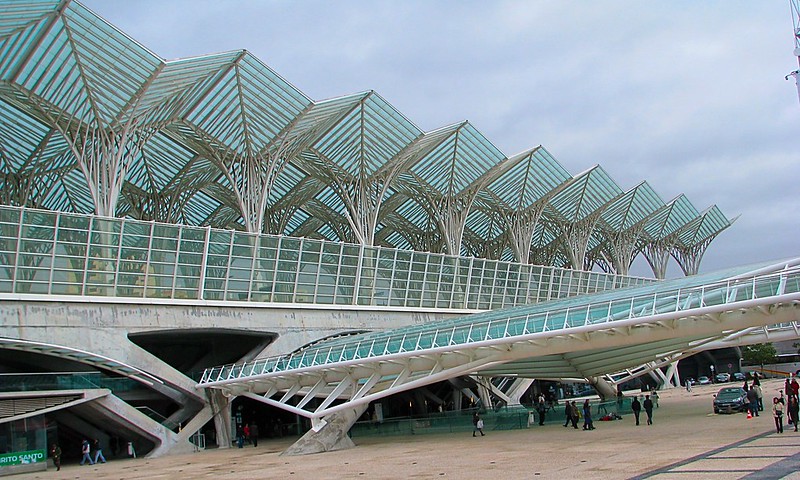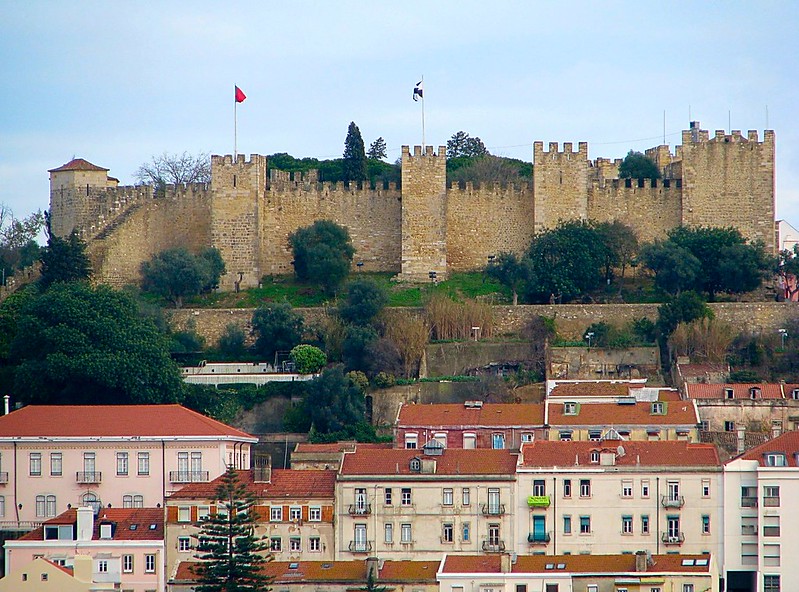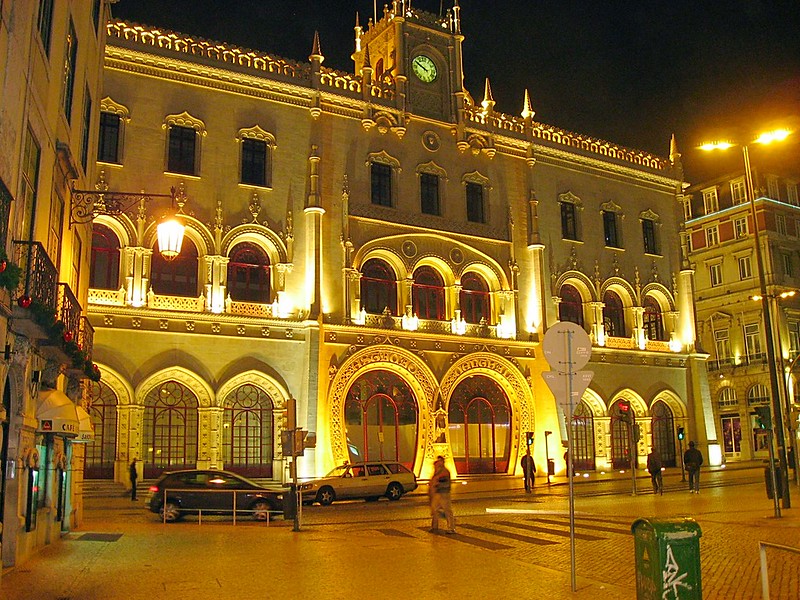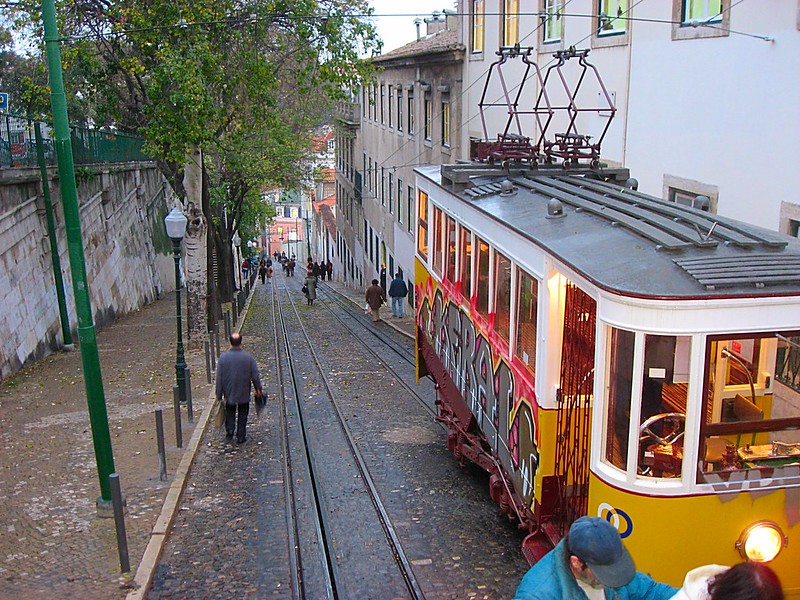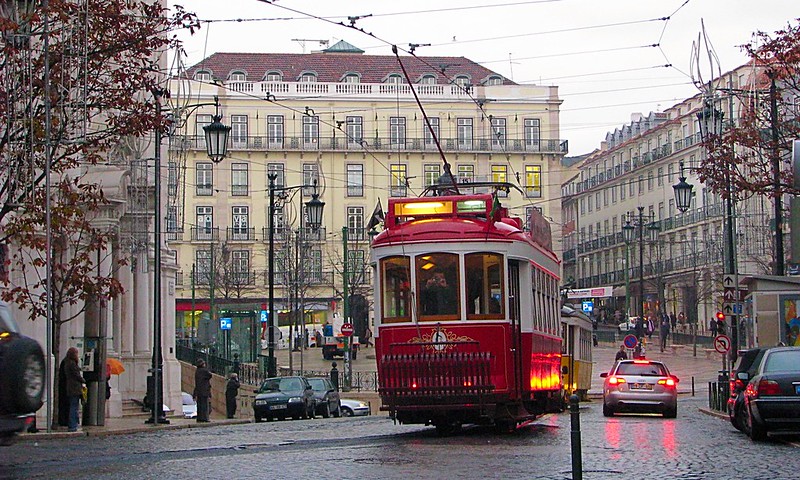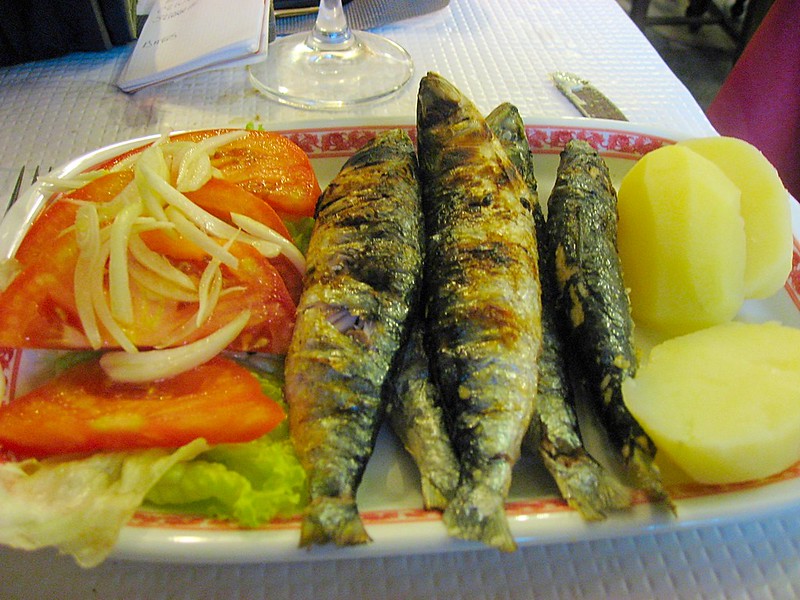Cascais Portuguese fishing village
October 27, 2013 by David Herd
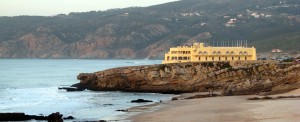
Portuguese fishing village
Portuguese fishing village Cascais is a coastal town in Cascais Municipality in Portugal, 30 kilometres (19 miles) west of Lisbon, with about 35,000 residents. It is a cosmopolitan suburb of the Portuguese capital and one of the richest municipalities in Portugal. The former fishing village gained fame as a resort for Portugal’s royal family in the late 19th century and early 20th century. Nowadays, it is a popular vacation spot for both Portuguese and foreign tourists.
Hotel at Cascais.
The town is small enough to explore entirely by foot, up the hill beyond the town centre there are numerous narrow cobbled streets to explore with interesting architecture, plants and animals to see.
Portuguese fishing village
I am really not sure what this building is, if I find out I’ll let you know. 😳
The Citadel
The Citadel is actually a prolongation of the Nossa Senhora da Luz Fortress and is the only part that can actually be visited today. It housed the Soldiers’ Hospital, considered the most well equipped and competent infirmary in the whole Portuguese military history.
Portuguese fishing village
Kate afternoon walk along the seaside.
Guincho Beach
Praia do Guincho is a popular Atlantic beach located on Portugal’s Estoril coast, 5 km from the town of Cascais, and in the District of Lisbon. Wikipedia
Boca do Inferno
Boca do Inferno (Portuguese for Hell’s Mouth) is a chasm located in the seaside cliffs close to Cascais Portuguese fishing village, in the District of Lisbon. The seawater has access to the deep bottom of the chasm and vigorously strikes its rocky walls, making it a popular tourist attraction.
Have camera will travel
The one day trip was a great experience, if you find yourself in Lisbon make sure you take this tour.
Thanks for visiting my Portuguese fishing village photo blog.
Click here to see a great post of France.
Lisbon is not too far away from Cascais.
Europe before Covid-19 & mass immigration.
Counter only started June 16 2020.
This gallery contains 2 photos
